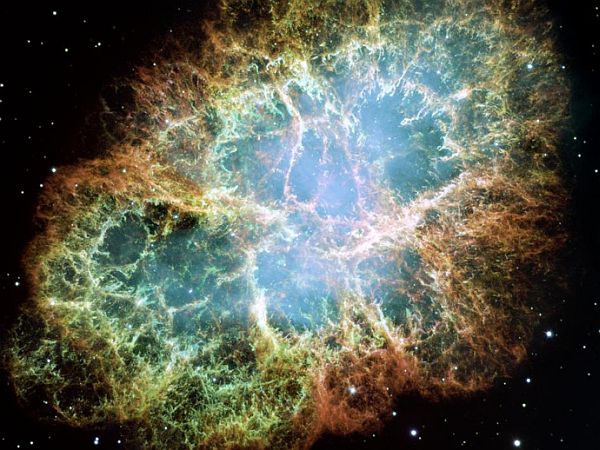The Z boson
The neutral Z boson, and the electrically charged W+ and W- bosons are all mediators of the weak force, like for instance the photon is the mediator of the electromagnetic force. The W bosons are responsible for radioactivity by transforming a proton into a neutron, and vice-versa. You can learn how radioactivity works at the elementary particle level by following this link.
The role of the Z boson is somewhat more elusive, but absolutely not less important!
So, what is the Z boson good for? Well, we know that neutrinos interact among themselves, and without the Z boson this would be impossible! (Don’t know about neutrinos? Follow this link to learn about the particles of the Standard Model). Since neutrinos do not have electric charge they cannot self-interact via a photon, which would be the only other option. In fact, the Z boson is closely related to the photon. You may know that electromagnetic interactions proceed through photons. Because the photon has no mass, it can travel infinite distances and two electric charges can feel each other even at very large distances.
The Z boson, on the other hand, is very heavy and has a very short lifetime and, therefore, travels only a very tiny distance. This is the reason why, contrary to the common light (made of photons), you don’t see a “light” of Z bosons. Although we don't much notice the Z boson in our everyday-life, in extreme conditions of the early Universe and of supernovae explosions, the Z boson is a “daily” particle.

Image Credit: NASA, ESA, J. Hester, A. Loll (ASU)
http://www.nasa.gov/multimedia/imagegallery/image_feature_1604.html
The Crab Nebula, the remains of a star that exploded in 1054. In such extreme conditions as a supernova explosion, Z bosons are produced as an “everyday” particle.
The Z boson can be produced at high energies and you have a chance to convince yourself by following this Z path! You will experience Z boson decays into a pair of charged leptons (electron-antielectron and muon-antimuon). The Z can also decay into a pair of quarks, and as you have just learned, a pair of neutrinos (neutrino-antineutrino). You can read more about the neutrino-antineutrino decay of the Z boson and its importance here.
Have you heard about the unification of the electromagnetic and weak forces? Well, at high enough energies, the photon and the Z are closely connected. Hadn’t the Z boson had the mass you will be asked to measure, the photon would probably not be massless and free to travel were it would want … and light would not be!